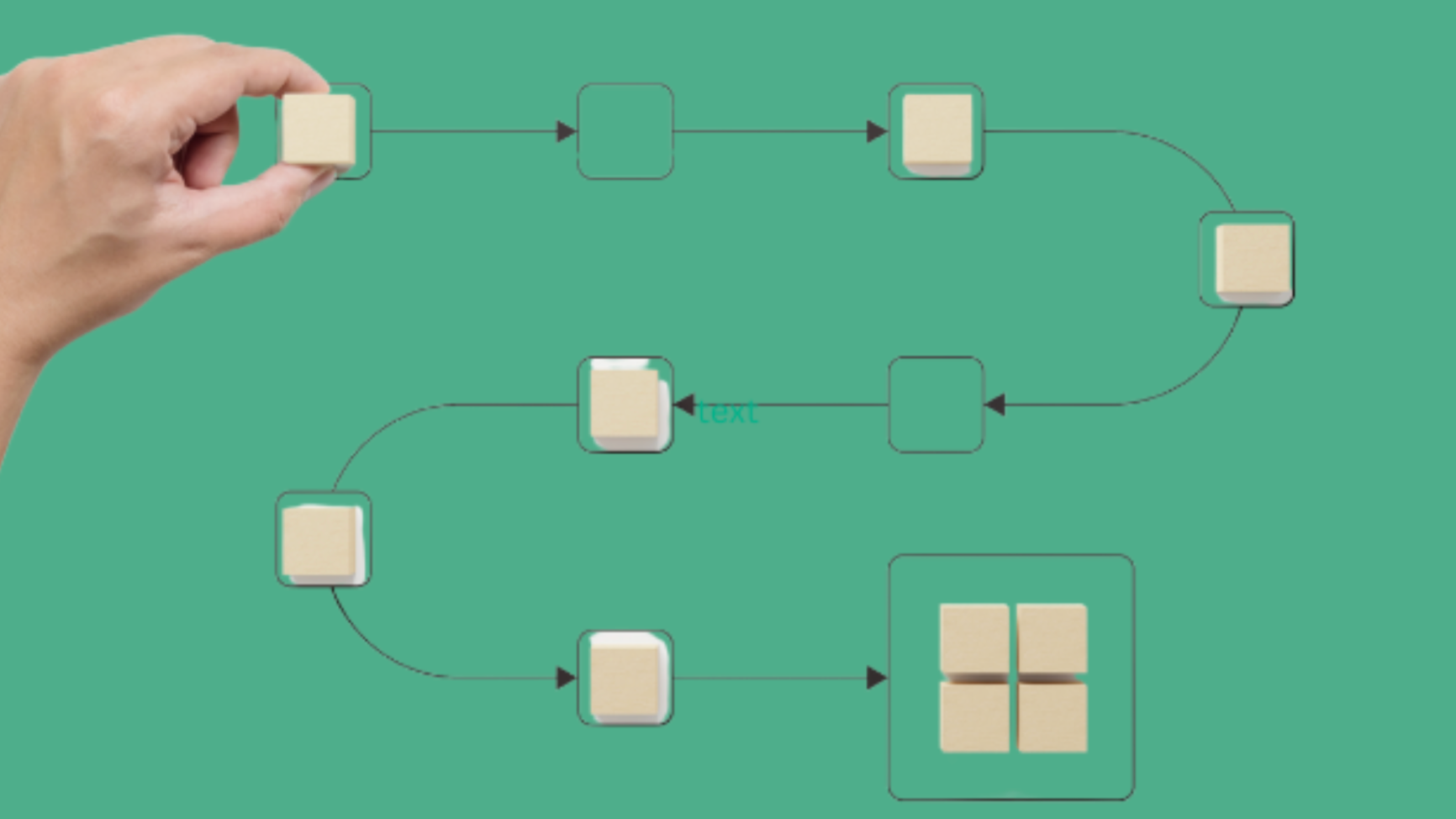The Five Ways to Wellbeing
The ‘Five Ways to Wellbeing’ are a set of five simple, evidence-based actions that promote mental health and overall well-being. Originating from the New Economics Foundation's research for the Foresight Project on Mental Capital and Wellbeing, these practices are:
1. Connection (Me whakawhanaunga)
Fostering relationships with others, through face-to-face, digital, or telephonic interactions, is vital for mental health. Nurturing social bonds leads to a sense of community and emotional health.
2. Activity (Me kori tonu)
Engaging in physical exercise can uplift your mood. Choose activities that you enjoy to positively influence your emotional state. Consistent physical activity, including simple exercises like walking or dancing, bolsters mental health.
3. Learning (Me ako tonu)
Pursuing new experiences and seizing opportunities for learning keeps the mind active and involved. Lifelong learning, whether it's picking up a new skill, delving into books, or indulging in a hobby, is beneficial for overall well-being.
4. Awareness (Me aro tonu)
Taking time to appreciate the little joys in life, practicing mindfulness, and living in the moment can significantly improve well-being. Noticing the wonders around you and cherishing positive moments can be uplifting.
5. Generosity (Tukua)
Offering your time, kind words, or simply being there for others cultivates a sense of purpose and connection. Kind gestures, volunteering, and helping others not only aid them but also enhance your own well-being.
Remember, you can introduce any of these actions into your life at any time, and you’ll begin to feel the benefits. Whether it's connecting with loved ones, staying physically active, learning something new, practicing mindfulness, or being kind, these ‘Five Ways to Wellbeing’ can positively impact your mental health and overall quality of life.



To discuss all your account matters please call us on 09 438 1001
Contact Us
PHONE
POSTAL ADDRESS
PO Box 687
Whangarei
New Zealand
FOLLOW US
Copyright Gunson McLean Ltd © 2019
